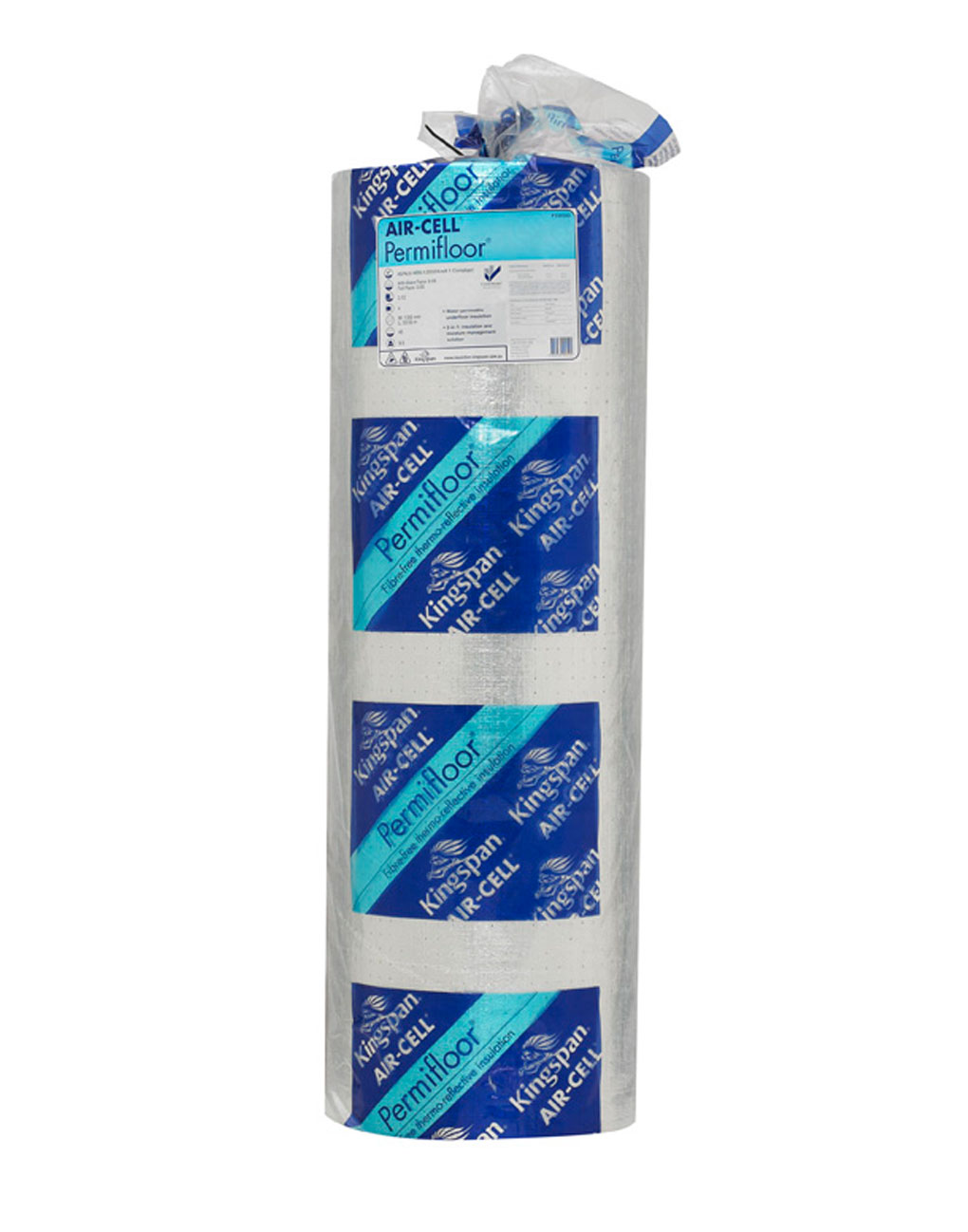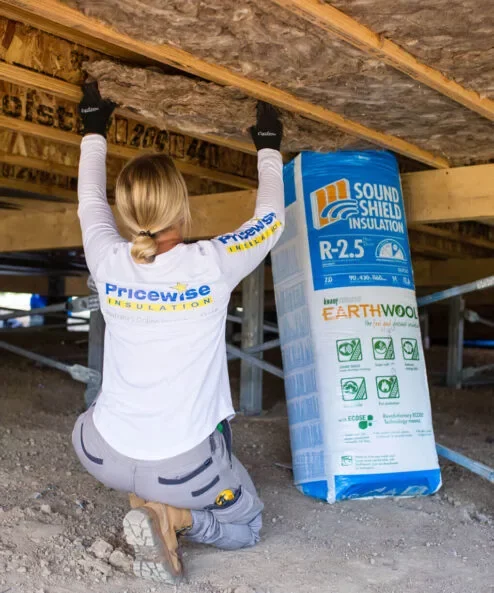Insulation Tips
How Much It Might Cost to Insulate Your Home’s Underfloor in Australia
What Is the Cost of Underfloor Insulation in Australia?
Underfloor insulation installation can cost less than $1000 and up to $2000 for more complex jobs. Factors such as the level of difficulty of the installation, the size of your home and the materials used can all affect the final price. Installers may charge extra or decline a job if the underfloor area is difficult or unsafe to access. The fastest way to get an accurate quote is to contact an insulation installer in your area. DIY installations are possible if the underfloor area is accessible and you have enough experience. Be sure to read up on the best practices for installing underfloor insulation and safety precautions before you start.Factors That Affect the Cost of Underfloor Insulation
There are many factors that can affect the final cost of underfloor insulation in Australia, including the R Value you need, the type of insulation you use and whether you are installing it in a new or existing home.1. R Value
In Australia, insulation products are given an R Value which indicates how effective they are at resisting heat transfer. The higher the R Value, the greater the thermal resistance. Higher R Value products cost more, but they are more effective and can lead to higher savings on your energy bills. Choosing the right R Value based on local building regulations will help you get the most out of your investment. For most Australian homes, an R Value of R2.0 to R2.5 is adequate, but cold and alpine climates may require a higher rating. 2. Type of Insulation Depending on the design of your house, different methods of insulating your floor may be more appropriate than others. There are several types of insulation that can be used for underfloor applications, each at a different price point. The most popular underfloor insulation types include:- Underfloor Batts Glasswool and polyester batts are a type of bulk insulation. They contain millions of tiny air pockets in their structure which break up the flow of heat. Polyester underfloor insulation is made from recycled plastic materials whereas glasswool batts are made from recycled glass materials.Expect to pay $7-$13 per m2 for insulation batts. Specialised underfloor insulation batts that protect your home from wind draughts and noise pollution can be more expensive.
- Rigid Insulation Panels Rigid insulation panels (such as Foilboard Green Insulation) are typically made from a fire retardant expanded polystyrene core with reflective aluminium foil on either side. Foilboard can be installed between floor joists using floor saddles or fastening clips to keep them in place.Costs start from around $10 per m2, but can go as high as $23 per m2 depending on the product thickness are R Value.
- Polystyrene Insulation Polystyrene underfloor panels (such as Expol Underfloor Insulation) are great for pole houses, exposed timber floors and polished floors in bungalows and villas. Prices vary depending on the brand and specific product. Expect to pay upwards of $12 per m2.
- Foil Insulation Foil underfloor insulation is an effective way to insulate floors with a sealed air space between the flooring and enclosed sub-floor space. It can help reduce draughts and is suitable for new homes and retrofit applications. The average cost for foil insulation is $3-$10 per m2.
3. Retrofit vs New Build
If you are installing insulation in a new home during the building phase, you will usually have more choice about what products to use.In existing homes, you may be more limited based on how accessible your floor space is. Underfloor areas that are inaccessible or tricky to manoeuvre in may drive up labour costs. Also read: When does underfloor insulation need replacing?What Is The Best Underfloor Insulation In Australia?
-
Knauf Earthwool Floorshield Underfloor Batts

-
Knauf Earthwool Underfloor Insulation Batts

-
Foilboard Green Rigid Panels

-
Bradford Optimo Underfloor Insulation

-
Bradford Polymax Underfloor Insulation

-
Kingspan Air Cell Permiform Insulation

-
Expol Polystyrene Underfloor Insulation

-
Polyester Underfloor Insulation Rolls

Should I Insulate My Concrete Slab?
Concrete slabs should be insulated to suit the climate where you live. Insulation plays an important role in decoupling the concrete slab from the ground to avoid heat loss and gain. According to Your Home, concrete slab floors should be insulated underneath in cold climates and insulated on the sides in all climates. One method is to lay high density foam insulation underneath the floor panels. Another is to use waffle pods which are filled with XPS polystyrene foam. Some of our most popular underslab insulation products include:- Foamex StyroTherm Extruded Polystyrene Sheets
- Kingspan Kooltherm K3 Underfloor Board
- Slabmate Underslab Insulation by Foilboard
- Slabmate Pro Underslab Insulation by Foilboard
Is It Worth Installing Underfloor Insulation?
Did you know that your floor is responsible for about 10-20% of your home’s heat loss and gain? Properly insulating your floors will help make indoor temperatures more comfortable year round. Plus, it will improve your home’s energy efficiency and cut down your heating and cooling costs. Whether you’re building a new house, renovating an existing home or looking for ways to reduce your carbon footprint, underfloor insulation is a worthwhile investment. To experience maximum benefits of home insulation, it’s important to also insulate your ceiling and walls. Check out our other cost guides for more information about insulating your home from top to bottom:- Roof insulation cost
- How much does ceiling insulation cost?
- Cost to add insulation to your attic
- Cost to insulate a house in Australia












I have a three bedroom 1930 home with timber floors, the home on piers which i would like to install subfloor insulation and asking for advise on a product best to use
Hi Alexandre,
Our most popular underfloor insulation for retro-fit applications is our polyester underfloor range. It’s worth checking the spacing of your floor joists to ensure you choose the correct product width. In a 1930s house, floor joists are typically spaced at 450mm centers.
If your joists are spaced at 450mm centers, you might also consider other excellent options like Bradford Optimo or Earthwool Floor Shield.
If your subfloor area is elevated and exposed to the elements, a rigid product like Foamex Expol could be a great choice.
Feel free to give our team a call if you’d like to discuss your project in more detail. We’d be happy to help!